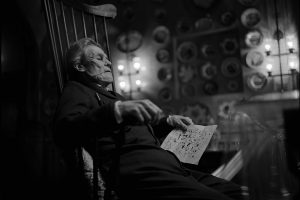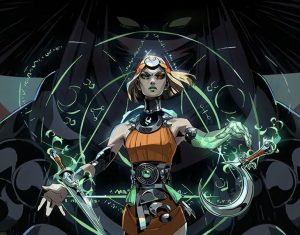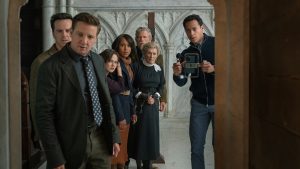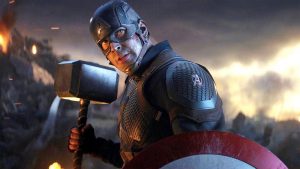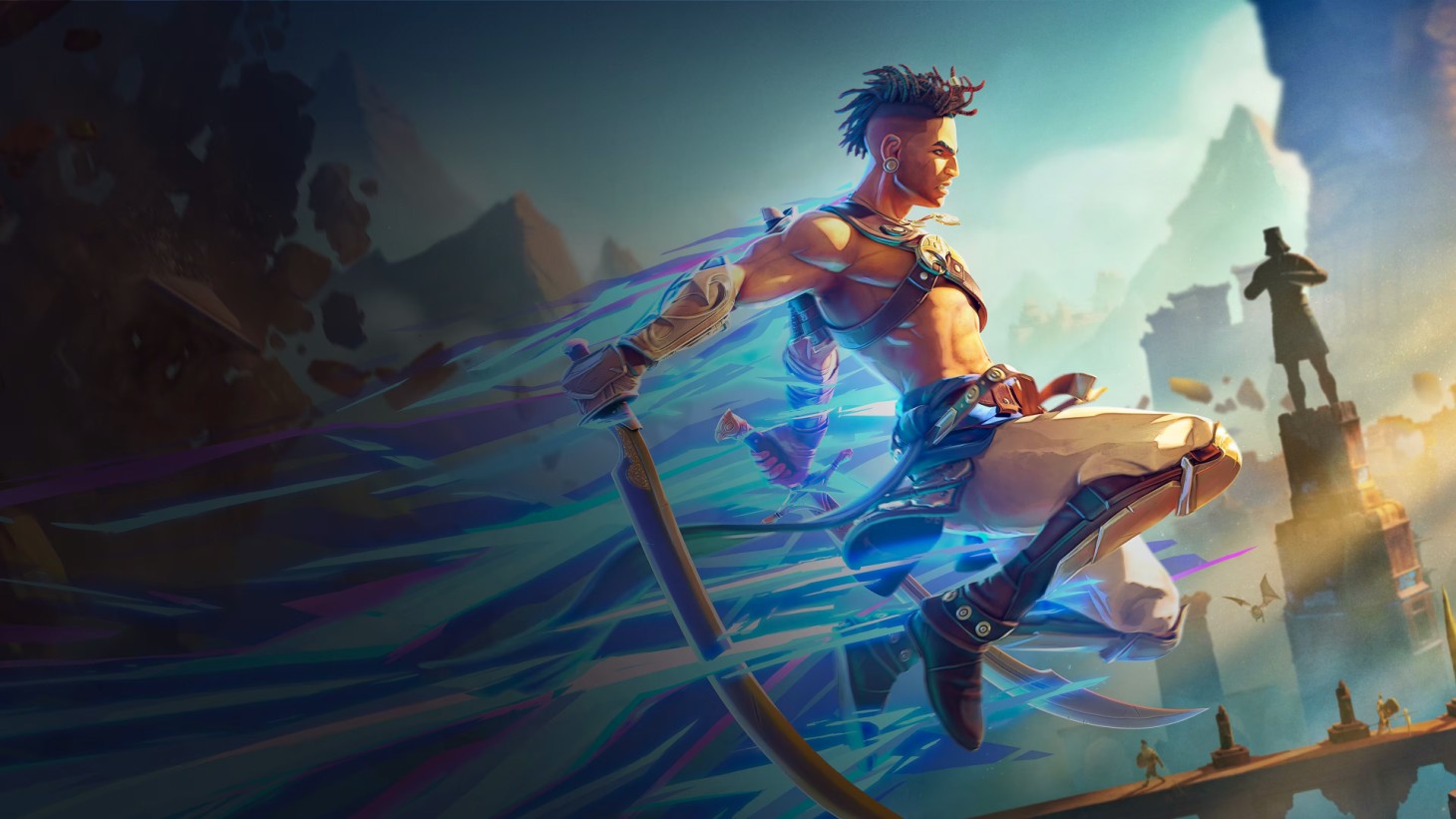
With Prince of Persia: The Lost Crown, developer Ubisoft Montpellier doesn’t exactly take the franchise back to its roots. It’s more of a Metroidvania-style game whereas the original Prince of Persia titles were closer to dungeon-crawler action-adventure titles. Even Prince of Persia: The Sands of Time (the 2003 game that formerly revitalized the series) was a 3D action-adventure title that famously added advanced combat and time manipulation to a modified version of the original franchise formula.
Yet, you may still hear a lot of people refer to The Lost Crown as a return to Prince of Persia’s glory days. Is that a simple case of people misremembering the origins of a franchise that has been relatively dormant (or cast in shadow) for quite a long time? In some instances, perhaps it is. More often than not, though, it’s the simplest and most enthusiastic way to acknowledge how wonderfully odd it feels to play a modern Prince of Persia game that feels worthy of both that franchise’s name and the once-prouder name of the company that published it.
Set in the city of Mount Qaf, The Lost Crown casts you in the role of Sargon: a warrior from The Immortals clan tasked with rescuing Prince Ghassan from his supposedly cursed prison. To do so, you’ll need to use recently acquired abilities to reach new areas of the map, defeat a variety of enemies, solve some puzzles, and, naturally, deftly maneuver around and through a series of traps. If you’re familiar with the best Metroidvania games, you’ll likely be familiar with 90% of The Lost Crown experience. Much of the rest of that 10% will be familiar to Prince of Persia fans who will recognize a few of that series’ more unique concepts spread throughout the 20-hour-ish adventure.
Mind you, The Lost Crown is certainly not devoid of new ideas. Much has already been made of the game’s Memory Shard system, which allows you to essentially take a picture of a part of the world and add it to your map so that you can easily remember to revisit it later. It’s a downright brilliant idea that should become standard in any game that requires this much backtracking. It’s also an extension of the game’s wonderful accessibility options that should be especially welcome to those who often struggle to embrace this deliberately confusing genre. Alternatively, those seeking additional challenges will not be left wanting.
I was also pleasantly surprised by the quality of The Lost Crown’s combat. Even the best Metroidvania games can sometimes treat combat as a simple extension of the largely progression-based abilities you acquire along the way. The Lost Crown initially emphasizes a seemingly simple “parry and combo” 2D combat system that feels fundamentally satisfying to execute perfectly yet becomes surprisingly complex once you add enhanced abilities (and the enemies that demand them) to the mix.
Crucially, that rhythmic combat system works in harmony with the game’s wonderfully smooth platforming and navigation elements. Nothing makes you feel more like the hero the game casts you as than dashing over a spike trap, bouncing off a nearby wall, and cutting your way through a nearby enemy without ever having to sacrifice significant momentum. In a game that often requires you to figure out where to go next, you can’t overstate the value of having the time spent outside of map screens be this engaging.
Yet, I continuously found myself more impressed with The Lost Crown’s ability to deliver such a fundamentally satisfying Metroidvania experience rather than anything revolutionary the game does. That may sound like a backhanded compliment, but it’s not. From the moment that The Lost Crown was revealed, a shocking amount of gamers reacted negatively to its very existence. Some felt that it looked like a cheap indie game cash-in on a famous name, while others argued that Ubisoft should have invested the resources that went into this project into that struggling Sands of Time remake or an entirely new Triple-A game in that style. It’s honestly kind of shocking that they didn’t given the company’s recent history.
What matters more than what anyone else wanted, though, is that this is the game that developer Ubisoft Montpellier was not only capable of making but clearly wanted to make. You can see their passion in every frame of animation, background detail, enemy design, and item function that is so much more creative than it ever needed to be to simply be functional. There were times when I swore I could practically hear the exclamations of glee that surely preceded the creation of one of the game’s many surprising moments or wonderfully inspired pieces of world design.
That’s what makes The Lost Crown a true Prince of Persia game. Once upon a time, The Prince of Persia made a name for itself by tapping into our desire to embark upon a certain kind of mythical adventure in ways that few other titles quite could. The evolution of the medium has made it difficult for any game of that style to feel quite so revolutionary again but Ubisoft Montpellier’s contagious passion for this project will undoubtedly awaken your own spirit of adventure in ways that no Prince of Persia project has in the last 20 years. The Lost Crown may not look or play like a traditional Prince of Persia game, but it certainly makes us feel like the best games in that franchise have long aspired to make us feel.
More than just a return to form for Prince of Persia, the Lost Crown also feels like a pleasant detour into greatness for publisher Ubisoft. In recent years, that company has slowly challenged EA as the foremost name in major video game publishers who churn out regular installments in increasingly formulaic franchises that are often plagued by greed. Once upon a time, though, Ubisoft was known as one of the most reliable sources for fundamentally well-made original experiences and franchise continuations that respected the heart of their series’ identities while exploring new ideas. The Lost Crown feels like an all-too-rare example of the latter that Ubisoft has delivered in recent years.
Granted, no game is good enough to erase the numerous controversies and scandals that Ubisoft has been involved with in recent years, nor their recent suggestion that we should get comfortable with the idea of not truly owning the games we buy. As consumers in a capitalistic society, we tend to project nobility and other human characteristics upon a brand based on the quality of the products they produce in order to justify our purchase of (and attachments to) them. The Lost Crown is good, but it is not good enough to make us forget about Ubisoft’s recent sins and struggles. No game could or should ever be quite that good.
Yet, between The Lost Crown and Assassin’s Creed Mirage, there is hope that the otherworldly talented people who make Ubisoft games are being given a little more room to pursue the kinds of projects that best represent their abilities, passions, and the potential of the franchises they are tasked with honoring. The Lost Crown will not forever change Prince of Persia or Ubisoft’s fortunes for the better, but it is a beacon of light for a franchise and publisher that have both been shrouded by darkness for too long. Hopefully, others will follow it towards a better future.
Prince of Persia: The Lost Crown is available now for PlayStation 4, PlayStation 5, Windows PC, Xbox One, Xbox Series X/S, and Nintendo Switch
The post The Lost Crown Brings Prince of Persia and Ubisoft Back to Their Glory Days appeared first on Den of Geek.

